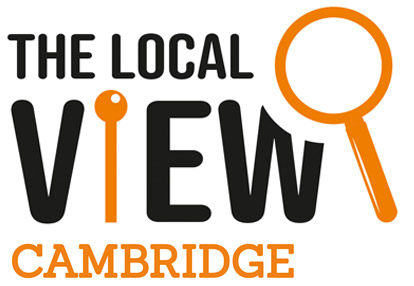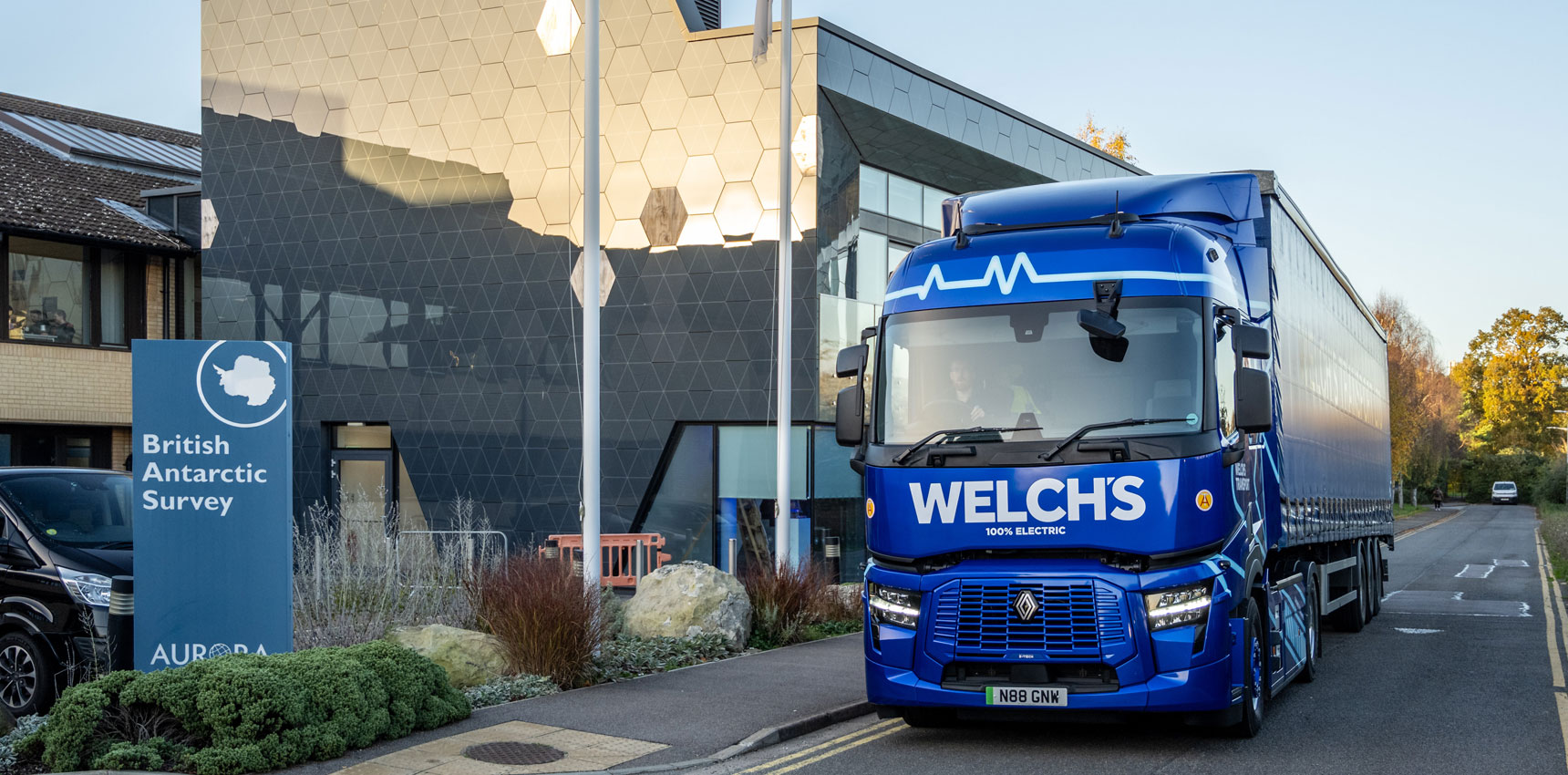Thanks largely to social media and television, we have a peculiar opinion of celebrity. Plenty of ‘influencers’ build their media presence on self-created celebrity, where continued celebrity feeds off their assumed fame. Add into the mix a penchant for the morally questionable and an oft held belief that the famous might live to a different set of rules, and it’s true to say that modern celebrity is perceived among the most unlikely people.
18th Century Influencer?
Joseph Medworth was born in Wisbech in 1752. One of eight children produced by ropemaker Simon Medworth and Anna Lampson, he attended a charity school in the town before apprenticing as a bricklayer. Joseph married Sarah Fisher in 1775 and they moved to London.
There, bricklaying morphed into property development. Joseph became very rich as a result. He also displayed a somewhat maverick attitude to fatherhood. Had Joseph Medworth been around today, there’s no doubt that Keeping Up With the Medworths would be a global success.
Joseph and Sarah had five children, but only two survived to witness their father’s move back to Wisbech in 1793. He left them and their mother in London, where she remained until her death in 1838. Meanwhile, Joseph bought Thurloe’s Mansion, a property that dominated Wisbech town centre.
John Thurloe, Secretary of State during Oliver Cromwell’s protectorate, had built the mansion on the site of an original Norman castle. Medworth bought the entire package of house, grounds and outbuildings for £1,945, plus £300 for ‘materials’. It was a huge sum for the time; clearly, he also had the easy money of modern celebrity.
Ambitious plans
Ever the developer, Joseph immediately set to with ambitious plans, building a crescent – The Crescent – of Georgian houses to the west of his new mansion, along the line of the Norman moat. Construction lasted four or five years, after which he erected Union Place and Ely Place to the east, connecting them with The Crescent to create a circus. Today, local people often refer to the entire circuit as ‘The Crescent’, but it actually remains as three distinct streets.
Not content with this realisation of his plans, Joseph ‘splashed the cash’ again, paying an astronomical £400 for a house and associated buildings at the junction of Union and Ely Places, only to knock them down so that he might connect his property to the Market Place via Market Street.

Grander ambition
There he might have stopped, but for an even grander ambition to link Market Street through Ship Street (today known as Hill Street) to the Horse Fair. There, a bridge built over the newly completed canal (later filled in and now the route of Churchill Road) would connect with Lynn Road, creating an entrance that swept directly from the outskirts of Wisbech to Medworth’s estate at its heart.
But the plan involved demolition along Ship Street, including the destruction of the Old Grammar School. Joseph offered Thurloe’s Mansion as a replacement building, although he wanted £2,000 from the Wisbech Corporation for its purchase.
The corporation refused and Joseph, apparently in a fit of diva-like pique, had the historic building torn down. In its place, he built the 1816 Regency villa we see today; known as The Castle, it is the latest building on a historic site. Materials salvaged from the mansion were incorporated into The Castle and Castle Lodge, in Museum Square, perhaps as a reminder to the corporation of the building they had lost.
The stuff of celebrity
And yet, property development is hardly the stuff of celebrity. Medworth’s personal life, on the other hand, would surely have created a social media frenzy. While his wife lived on in London, Joseph took on Mary Rowell as his housekeeper. She bore him two children, born in 1809 and 1810.
After Mary left his employ, Joseph hired Sarah Gibson (sometimes known as Sarah Miller) as housekeeper. The appointment soon came, as modern parlance would have it, ‘with benefits’. Between 1814 and 1827, they had seven children. Although several of his offspring died in childhood, Medworth had fathered 14 boys and girls by three women – juicy content for Keeping Up With the Medworths.

Interestingly, he never forgot his humble origins. Every year on his birthday, Joseph provided tea at The Castle for the town’s poorest children. In 1813, he endowed The Castle Almshouses, five modest properties, ‘… for five poor women of good repute and not less than 50 years of age’, in Love Lane.
Joseph Medworth died in October 1827. His will made provision for his wife and their two surviving children in London. Mary Rowell had died, but he left legacies for their two children. His seven children by Sarah Gibson each received a house in The Crescent, as did their mother, and she was also granted the rent from The Castle.
Joseph Medworth’s Grade II Listed tomb is alongside the parish church of St Peter & St Paul, opposite the entrance to Museum Square and with a view through to The Castle.
WORDS Paul Eden




